Who is going to get what in the automotive wedding of the century?
The FCA-PSA merger is undoubtedly the most important event in recent years in the automotive world. The partnership has made the duo the fourth biggest automotive group in the world, behind Volkswagen Group, Renault-Nissan-Mitsubishi, and Toyota (based on the annual sales volume of 2018).
Who is going to get what in the automotive wedding of the century, which has given life to the world’s fourth-biggest carmaker?
It wouldn’t be fair to say that a marriage of interest is completely devoid of love. That the one announced between PSA and FCA is certainly a marriage of interest is not secret, but it’s also true that the two groups have always been a bit fond of each other.
Both the Agnelli-Elkann family and the Peugeots have often exhibited similar reasoning in their business decisions, and their relationship has always been good, resulting in a long-standing collaboration in commercial vehicles.
This human aspect, in the context of industrial strategy, may seem like a minor detail, but there’s no denying that it helped the negotiations between the two groups.
The negotiation soon moved towards the finalisation of the collaboration with one essential condition – Chinese state-owned automaker Dongfeng, which owns a 12.2% share in PSA, would have to renounce a part of its share (a mandatory condition at the time of writing) to avoid political obstacles, for the White House was unlikely to welcome a collaboration with a major Chinese shareholder.
However, in this piece we’d like to talk about the less romantic side of this partnership – the one that, after considering facts, situations, and numbers, persuaded the two groups to come together.
The FCA-PSA merger is undoubtedly the most important event in recent years in the automotive world. The partnership has made the duo the fourth biggest automotive group in the world, behind Volkswagen Group, Renault-Nissan-Mitsubishi, and Toyota (based on the annual sales volume of 2018).
And it’s clear that the new player is ambitious to climb the ladder – an ambition that will be closer to realisation when the industrial synergy begins yielding returns in terms of economies of scale. And then Toyota, which sold 10.6 million cars in 2018, will definitely feel the presence of this Italian-French-American merger.
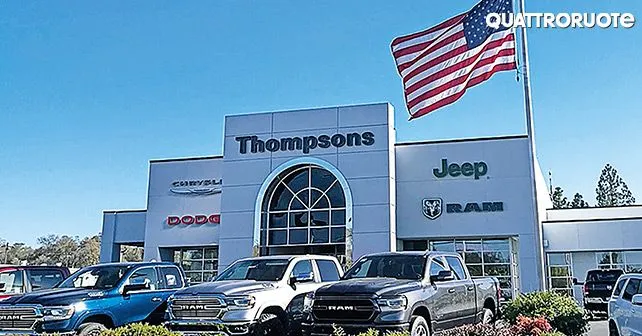
Back In North America
The objective of returning the Peugeot brand to the USA (from where it had retired in 1991) became clear in 2016. But, so far, it’s only limited to managerial assignments and distribution studies. Landing in a new market is never a simple operation, even less so in a competitive market like the United States. Its merger with FCA will certainly strengthen its presence in the US market. Meanwhile, the network of alternative distribution models means that it can count on over 2,600 dealers, experts in the area, and on an equally important back-office structure. All this will ensure that PSA arrives in the USA not as a foreigner but as a partially American company, which will help it gain Washington’s support, or at least neutrality.
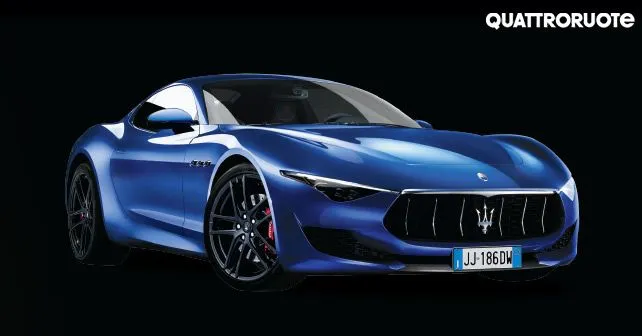
Prestige Matters
For a group that, in 2015, with its DS brand, invented a luxury brand that did not exist before – providing prestige to what until then was a sophisticated line of Citroën products, the importance of being premium is quite clear. For Carlos Tavares, the availability of two historic brands in the medium-to-high end of the market, such as Maserati and Alfa Romeo, is a great added value. Although, Maserati more than Alfa in this case. In the sense that the identity of the former is better defined – it’s premium without compromise. The Alfa, on the other hand, lies in a more nuanced area, with potential overlap with the Peugeot marque. This means two things – that Maserati's development plan and electrification programme will be confirmed, while the Alfa models will likely form some synergies with the Peugeot range down the road. And DS? At this point, it may seem redundant, but Tavares claims that PSA will not discontinue any brand. ‘DS will slowly take off, it's a long-term strategy,’ PSA sources confirm.

Great Savings
As we’ve already mentioned, it’s mainly the PSA platforms that FCA is interested in. But, in exchange, the latter can offer one fundamental thing – volume. By adding an unspecified number of Fiats, Alfas, Lancias, and so on to the various Peugeot, Citroën, and Opel vehicles, the production lines will be optimised – allowing for more favourable prices from suppliers. It’s estimated that this synergy will generate savings amounting to 3.7 billion Euros (approximately `29,000 crores) a year for the new entity.
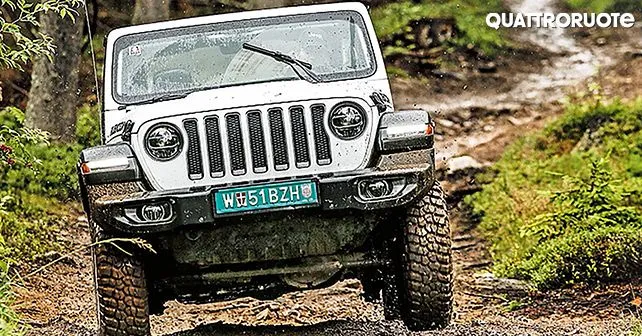
The Case of Missing Expertise
Let's take an example – the Peugeot 3008 is high off the ground and has muscular fenders, giving the air of an SUV. It also has good traction control, but it lacks four-wheel drive. Brining Jeep on board means not only having a brand that makes money but also the off-road ‘expertise’ that made it famous.
Beyond the global ranking, size matters from the perspective of critical mass, i.e., the production of those kinds of volumes that generate economies of scale. In simple terms, the more cars a manufacturer produces from the same platform, the better it will be able to amortise the costs of development, industrialisation, and manufacturing.
This, however, is only one of the reasons for the merger, which is to benefit both partners in relation to their respective weaknesses. Let's enumerate them. For FCA – its limited presence in Europe, both in terms of marketshare and profits; the scarcity of models for Alfa Romeo, Fiat, and Lancia; and the delay in its electrification and digitisation. For PSA – the geographical imbalance, with the majority of sales and profits concentrated in the Old Continent; its absence in North America; and the lack of premium brands with legacy.
And for both there is the difficulty of penetrating the Chinese market. The merger of the two groups will take care of all these problems (as explained here individually), with the exception of the Asia chapter, and the question regarding employment and factory protection.

Electrical Capacity
PSA has allocated over 5 billion euros (approximately `39,500 crores) for the development of an electrical architecture integrated into the eCMP platform. FCA can benefit from this investment, and also free up resources for other projects. Sure, Turin has the platform for an e-version of the Fiat 500, but access to the e-208 platform (photo) opens up further possibilities, allowing it to electrify both cars and SUVs in the B and C segments.
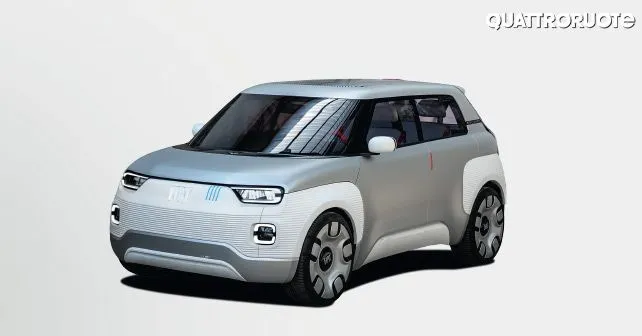
The French Cure
It’s curious that a company that was born in the Old Continent holds a marketshare of just above 6% (after a further decline in 2019), which is lower than that of the Hyundai-Kia axis, or that of the Toyota-Lexus axis. In terms of numbers, the Fiat brand is beaten out even by Skoda. One of the main reasons for this is that FCA has no replacements ready for its ageing range (the Centoventi concept, in the picture below, is one of the few exceptions, but it will not materialise into a production model before 2021). So, in 2018, its sales were 1.3 million – 3% less than in 2017 – and EBIT (its gross profit) was almost halved – 406 million Euros (approximately ₹3,203 crores) as compared to 735 million euros (approximately `5,800 crores) the year before. Profitability was 1.8% (3.2% in 2017). Only Asia did worse. In South America, its operating profit was 4.4% and in North America 12.6% – an example of ultra-premium profitability. For the French, the situation is the opposite – with 80% of its sales in Europe and margins of over 8% - this is what that the Italian-Americans need.
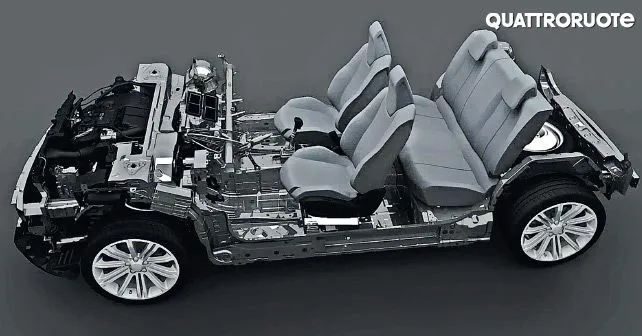
Prolific Architecture
Today, FCA has few products for one simple reason – it has neither the money nor the platforms to make them. The merger with PSA will provide both. The platforms include CMP – which can also be electrified – dedicated to compact cars, but extendable to C segment vehicles too, and the EMP2 platform (pictured above), which can also be electrified and serves both C and D segments. The heir to the Punto and the compact SUVs under Alfa, Jeep and Lancia brands, planned for 2022, can be built on the former. On the latter, the Alfa Romeo Tonale and the new Jeep Cherokee can be based. If the Tipo is to have an heir, it would be easier for it to be based on the extended CMP platform, similar to what will happen to the future Citroën C4. According to the IHS Market, the PSA platforms will be able to produce over 1.5 million FCA cars.
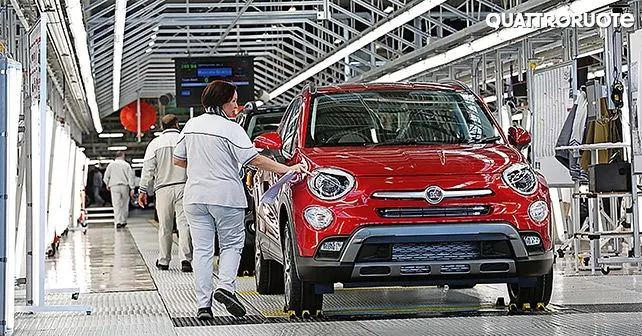
Is there a job for everyone?
Twenty-one factories dedicated to ‘passenger cars’ and an estimated production capacity of fourteen million vehicles (according to LMC Automotive)! These two numbers contain everything that you need to know about the implications of the FCA-PSA agreement on employment. Today, the two groups produce 8.7 million cars globally. Current production is expected to more than double, which will saturate the European factories. Realistically, this goal seems difficult, however, the ambition of the new giant is certainly to increase current volumes. At the moment, the efficiency of the Italian plants is, on average, between 50 and 60%, while in France it’s around 70%. The gradual introduction of a series of new models will only improve the situation, even if this does not completely ensure protection against staff reduction. This threat weighs on white-collar workers even more than on blue-collar workers, as administrative and commercial structures risk becoming redundant. There are also open questions about engines and transmissions, where rationalisation will be inevitable, in addition to the entire supplier base.
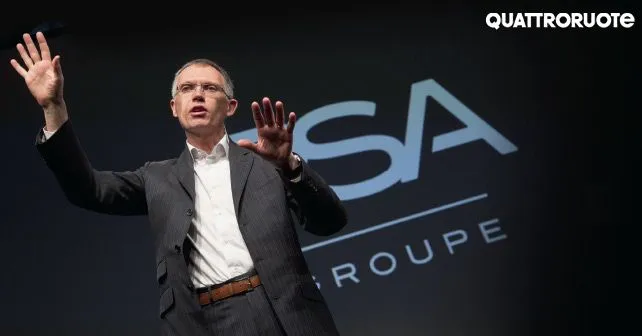
Carlos Tavares, CEO of PSA, will be at the helm of the new giant. His ability to manage the French group and relaunch Opel makes him the ideal candidate for this role.
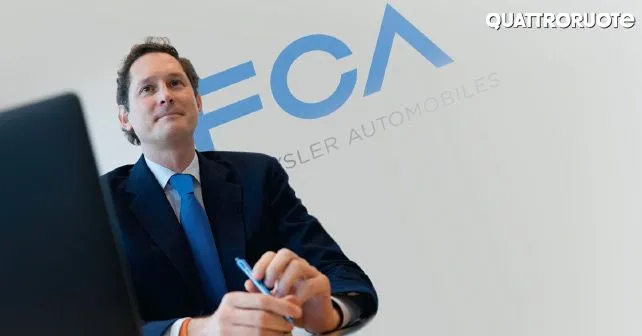
John Elkann, current Chairman of FCA and Chairman & CEO of EXOR – the holding company controlled by the Agnelli family (Elkann is the grandson of the former Head of Fiat, Gianni Agnelli) – will become the Chairman of the combined automaker.
© Riproduzione riservata
Also read - Ferrari lays out its 5 year roadmap
A radical transformation is underway for BMW's upcoming entry-level range
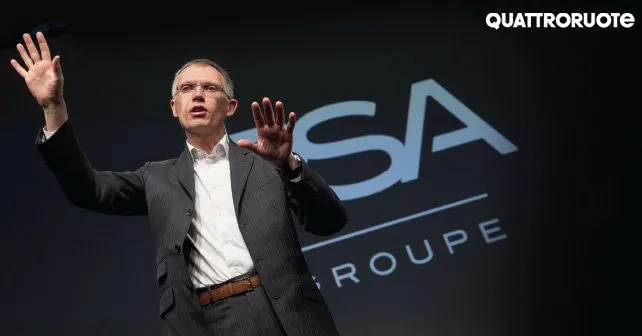

.webp)
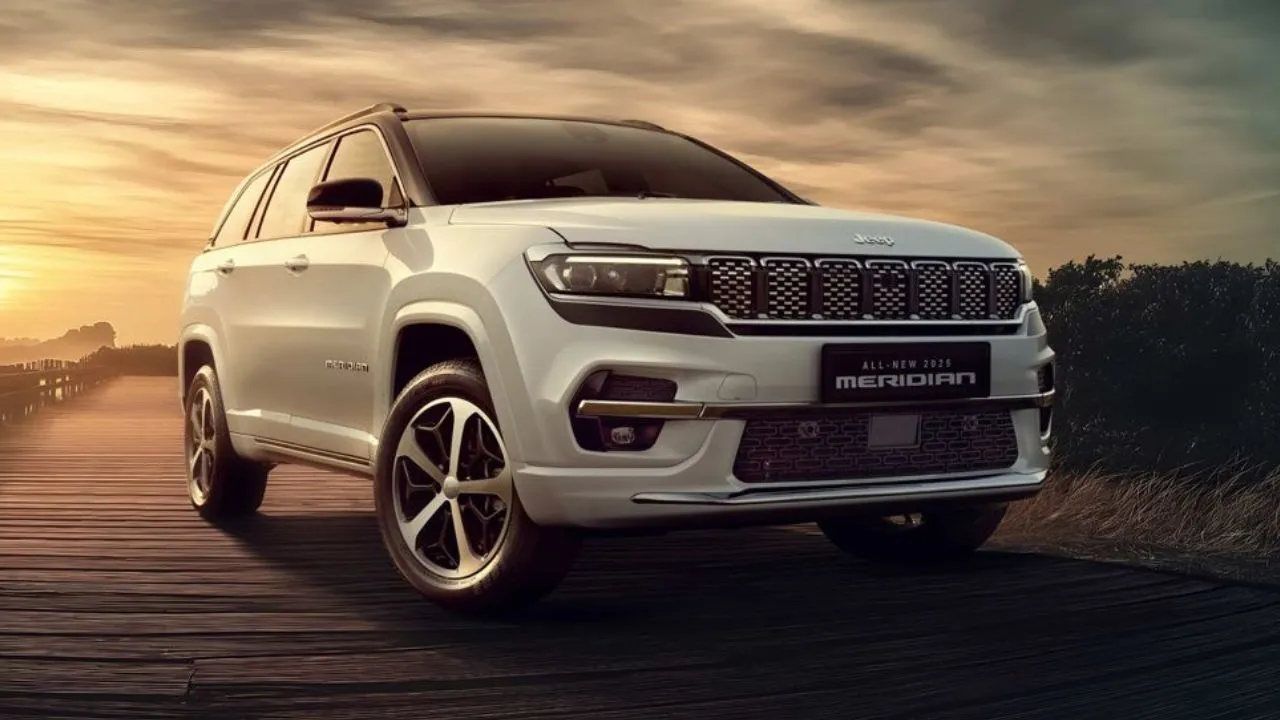
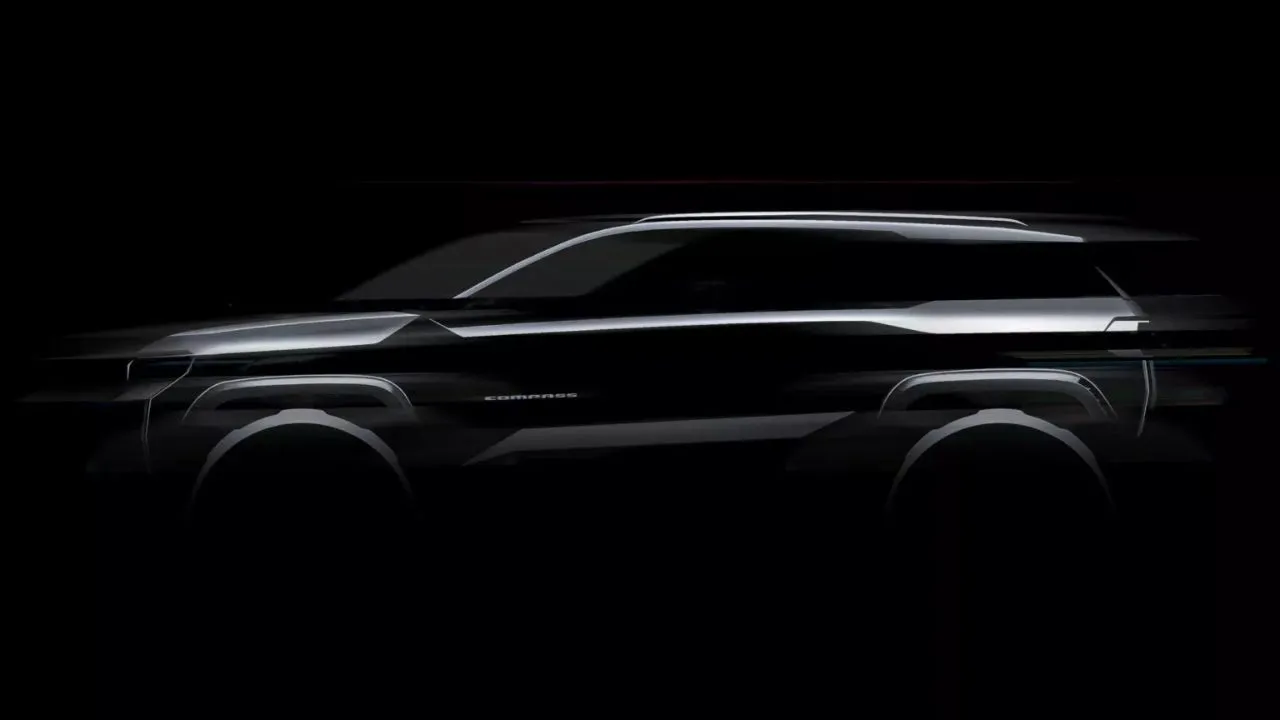
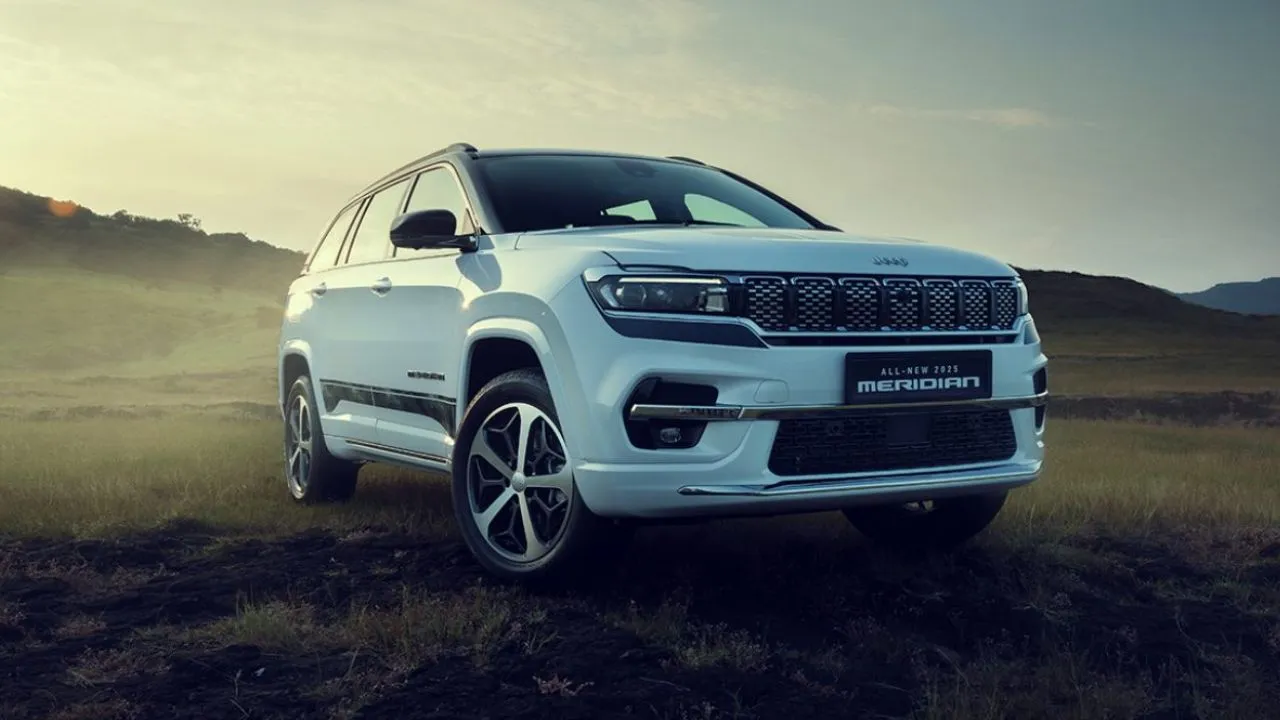


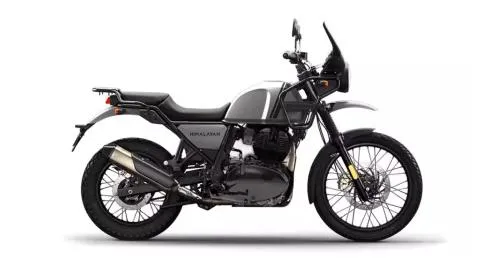


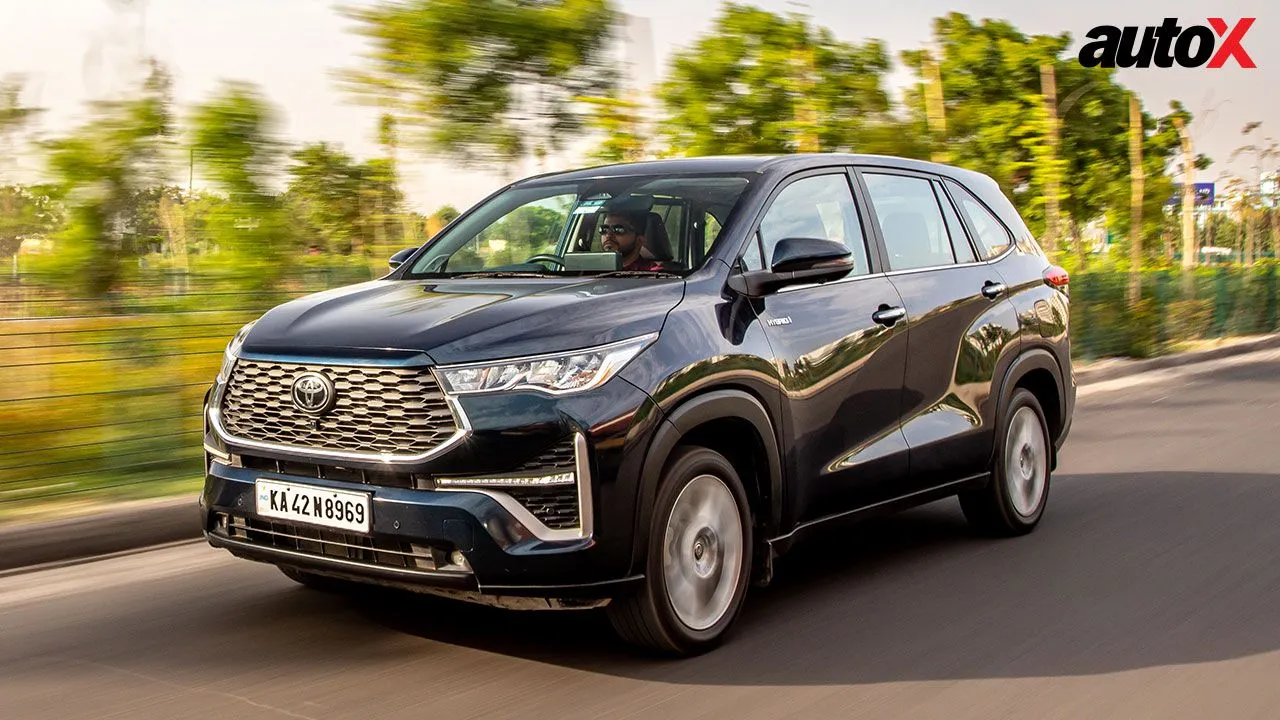
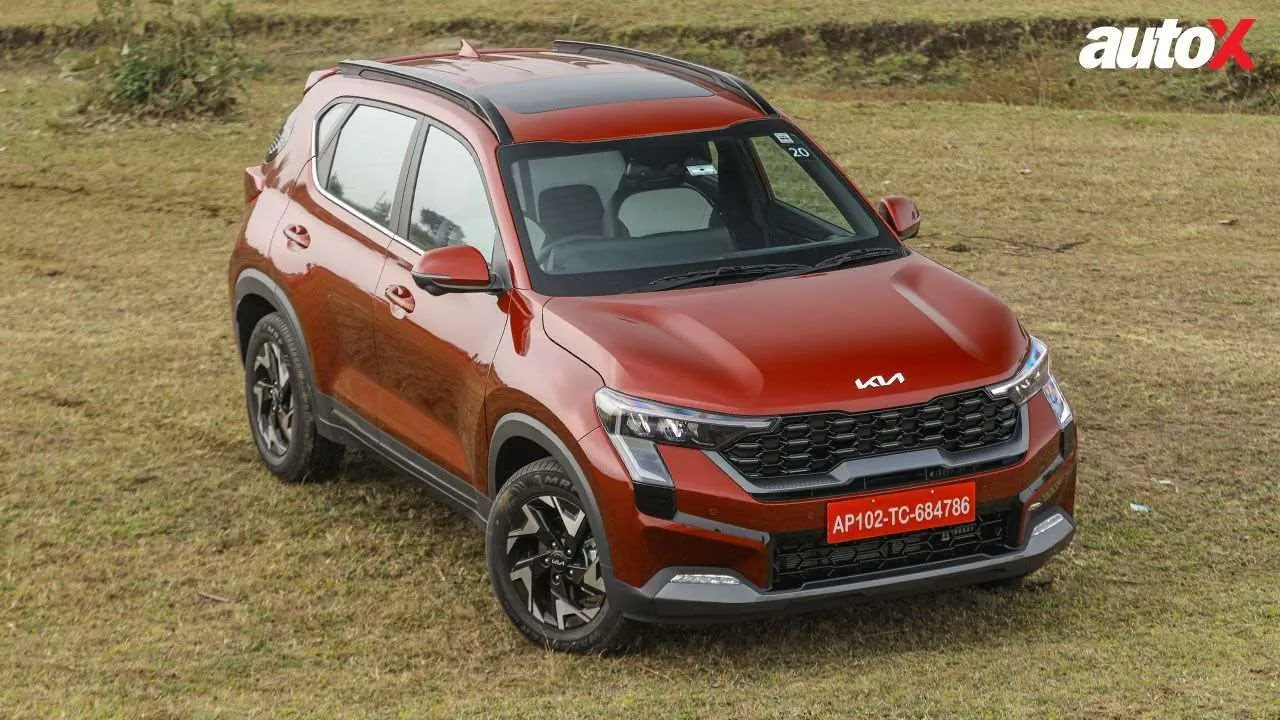
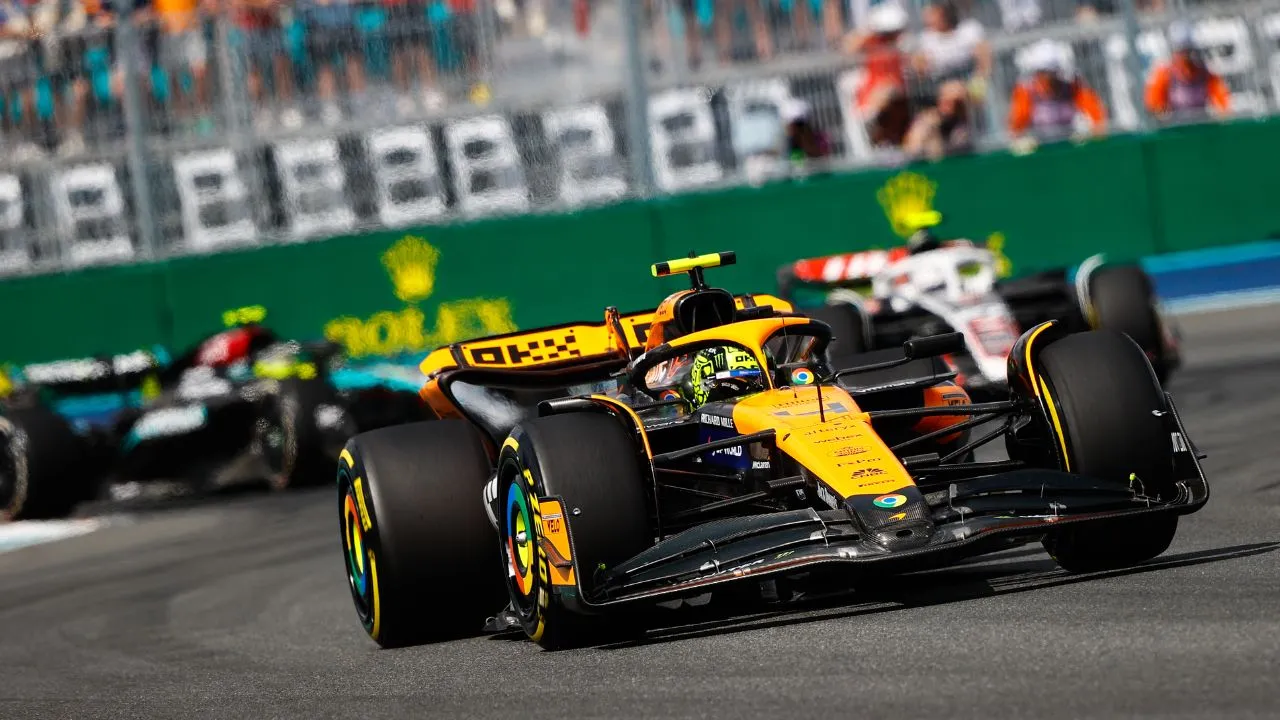
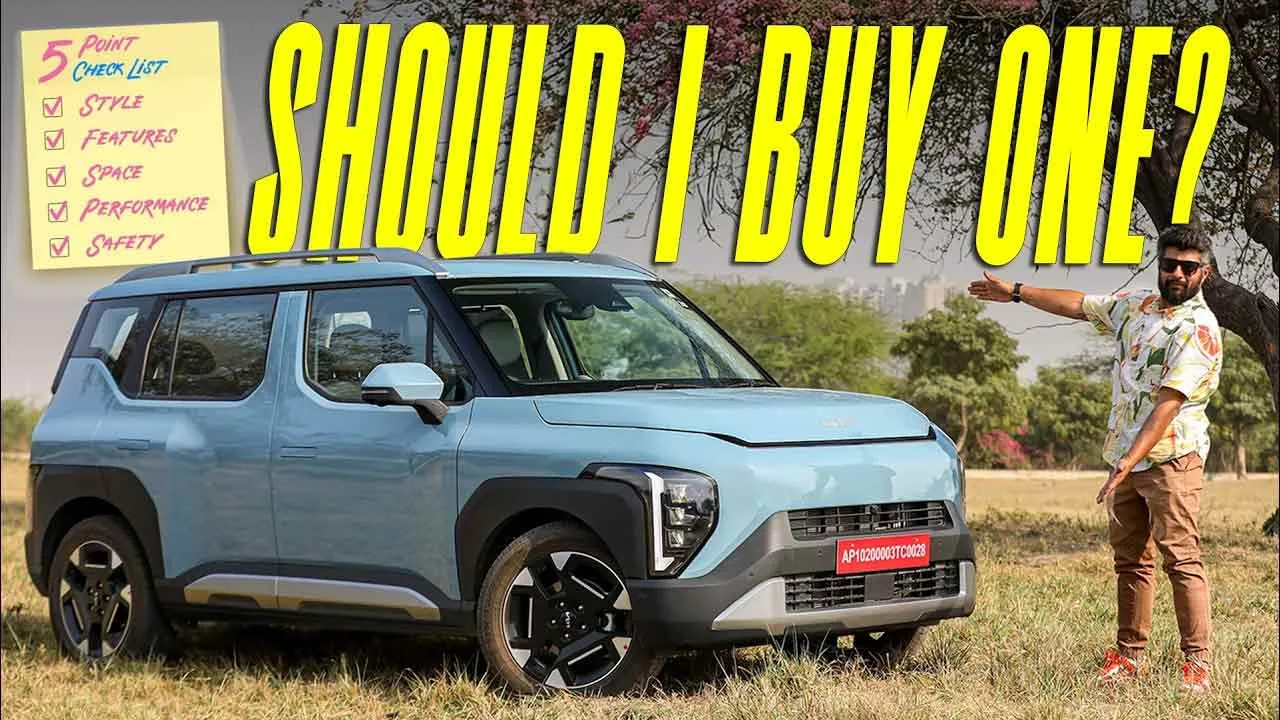






Write your Comment on